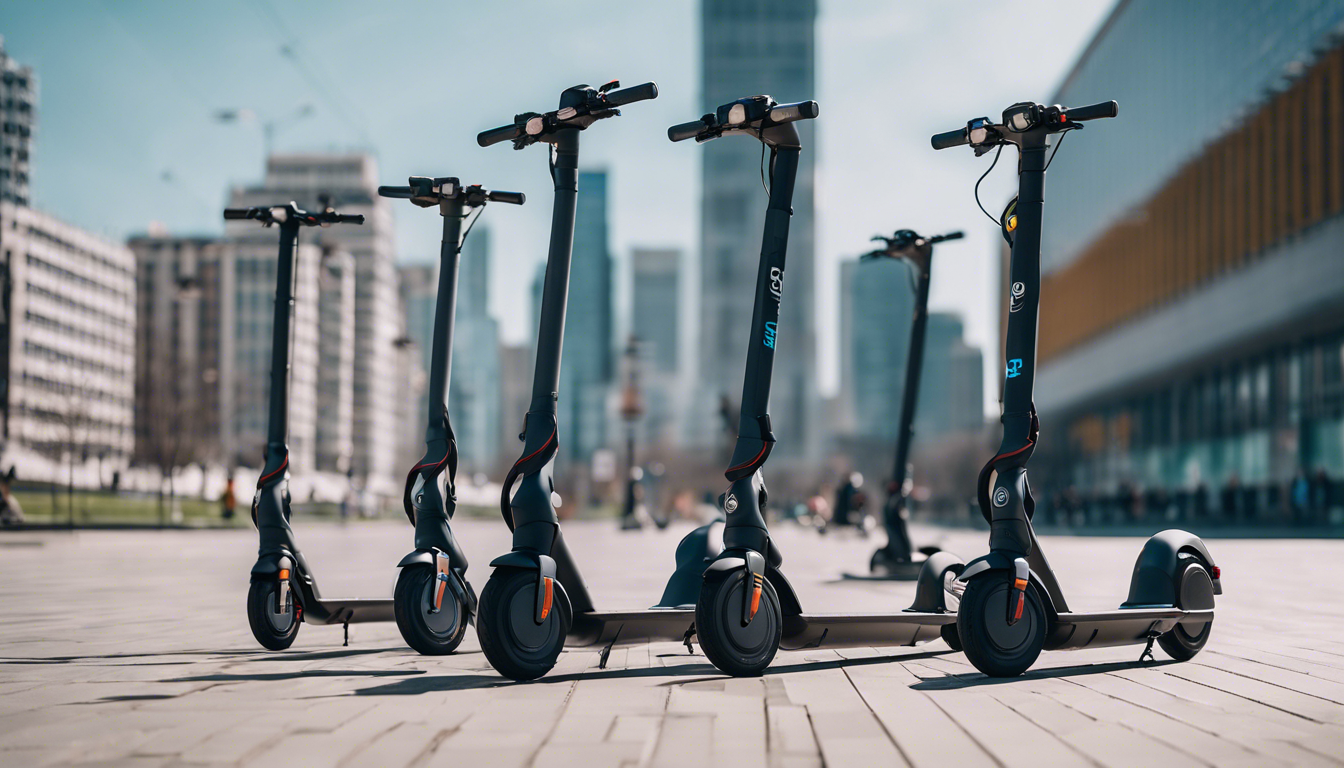In the bustling landscapes of urban mobility, electric scooters have emerged as champions of eco-friendly transport, simultaneously solving traffic woes and reducing carbon footprints. As these devices grow in popularity, the demand for budget-friendly options has soared, driving manufacturers to produce cost-efficient models that cater to frugal enthusiasts without compromising on quality.
Among the various options available, certain models stand out for their exceptional balance of price, performance, and durability. The Xiaomi Mi Electric Scooter, for instance, has gained considerable attention. Priced around $450, it is praised for its sleek design and reliability. However, users report that it can struggle on hills and its 18.6-mile range may not suffice for longer commutes.
Another notable contender is the Gotrax GXL V2. This scooter, slightly cheaper at approximately $350, offers a similar range but boosts a faster charge time. Despite its affordability, some users have raised concerns about its build quality and longevity, which could detract from its initial appeal over time.
The Segway Ninebot ES2, priced at around $600, leans towards the higher end of the ‘budget’ spectrum. It offers a more robust build and superior speed capabilities, topping out at 15.5 mph. However, the ES2’s stiffer suspension has been critiqued for providing a rough ride on anything but flat surfaces.
In comparing these models, it is crucial to consider not just the upfront cost but the overall value they offer. This includes examining the warranties provided by each manufacturer. Xiaomi, for instance, offers a 12-month warranty, while Gotrax extends a similar guarantee, advising users to consider long-term service and parts availability.
From a broader perspective, investing in an electric scooter can also accrue additional costs such as maintenance, accessories like helmets and locks, and potential battery replacements. Balancing these factors with the purchase price is essential for making an informed decision.
Historically, the development of personal electric vehicles can be traced back to early experiments in the 19th century, though they only gained substantial popularity in recent years due to technological advancements in battery and motor engineering.
Experts in urban planning and sustainability, like Dr. Emily Roberts from the Urban Environmental Policy Institute, argue that ‘while electric scooters offer a green alternative to gas-powered vehicles, consumers should critically evaluate their durability and the environmental impact of their production and disposal processes.’
Moreover, the cultural impact of electric scooters cannot be underestimated. They have not only changed how people navigate cities but also influenced legislative frameworks around the world, prompting governments to reconsider urban infrastructure and transportation regulations.
In conclusion, while the allure of an economical electric scooter is strong, potential buyers should weigh the pros and cons thoroughly, considering performance, build quality, and future costs. Educated consumers will benefit the most, ensuring they choose a model that not only suits their budget but also their lifestyle and commuting needs.

